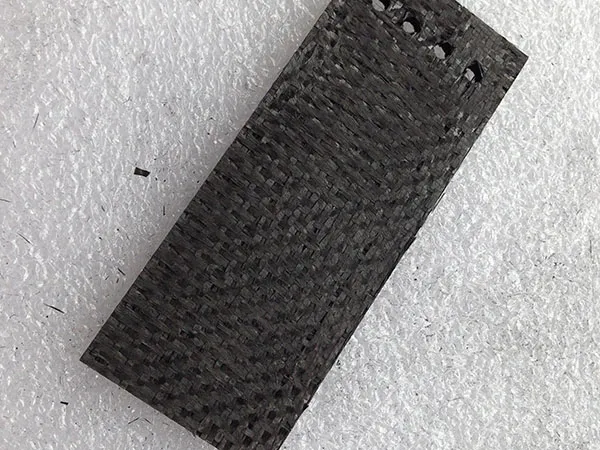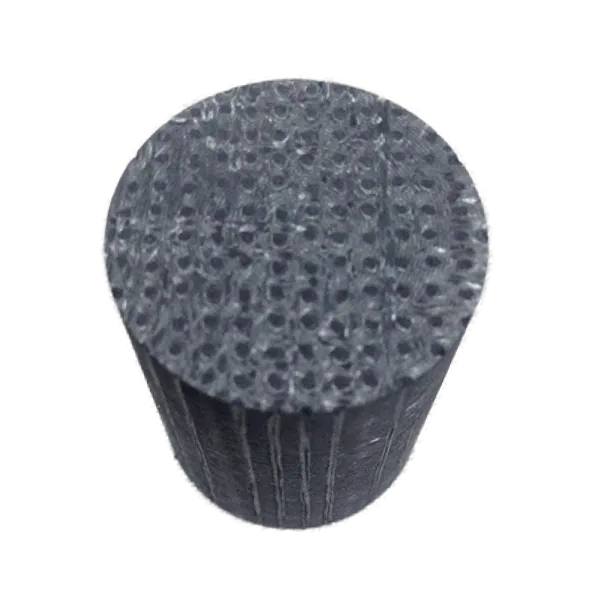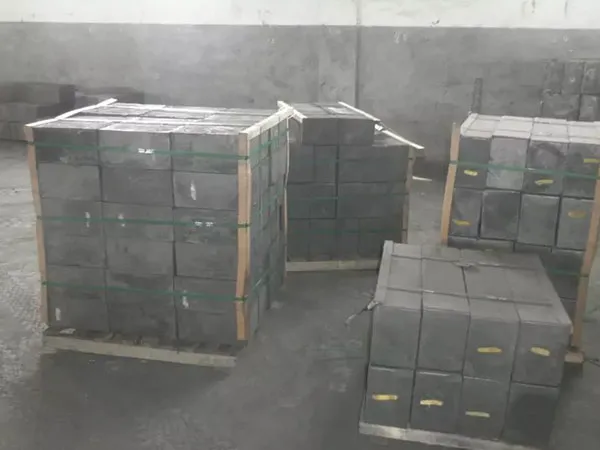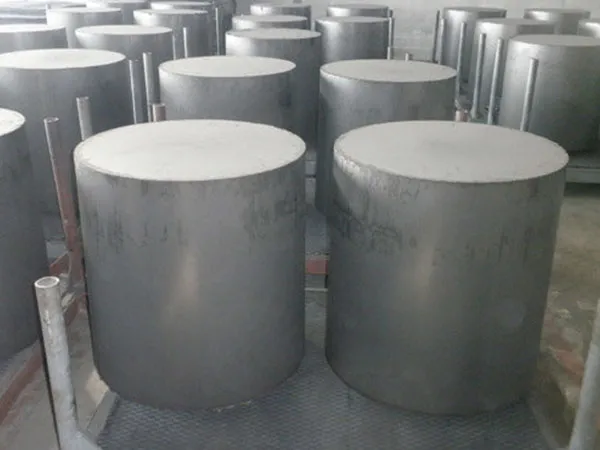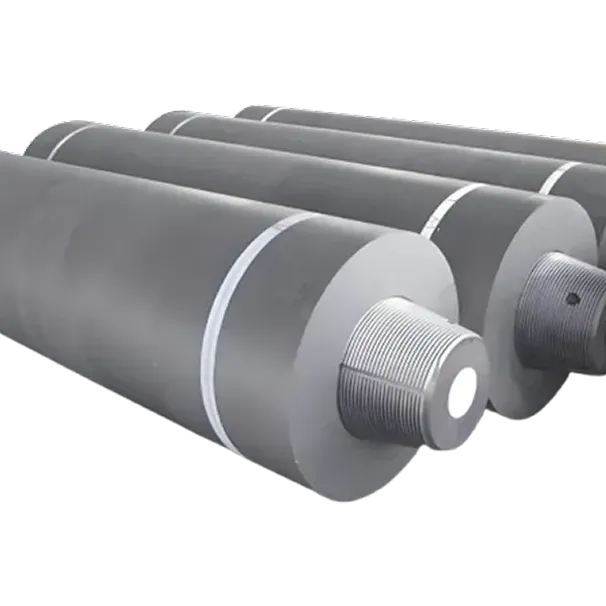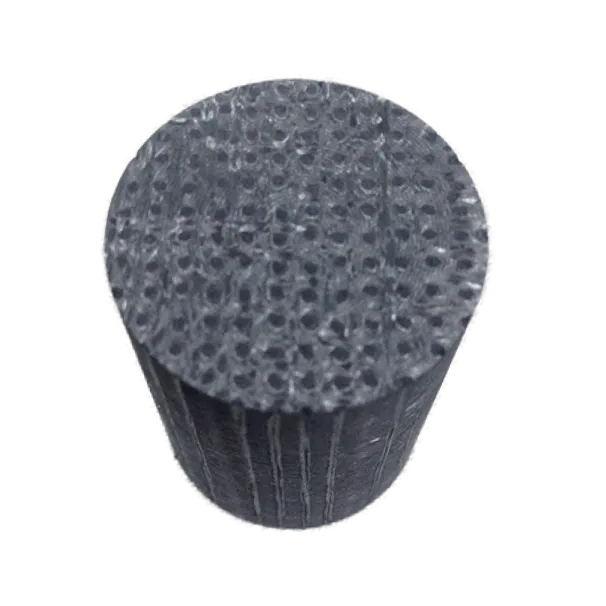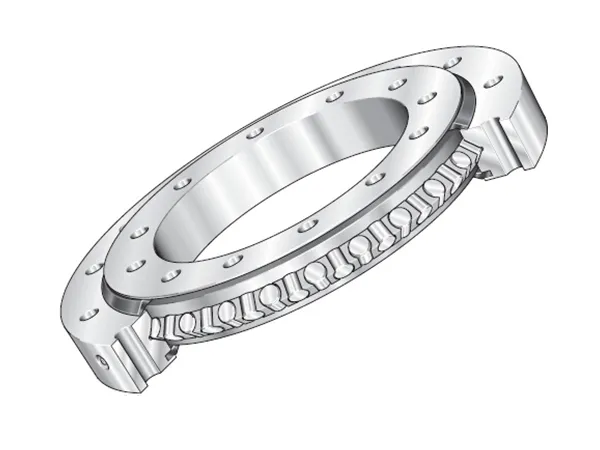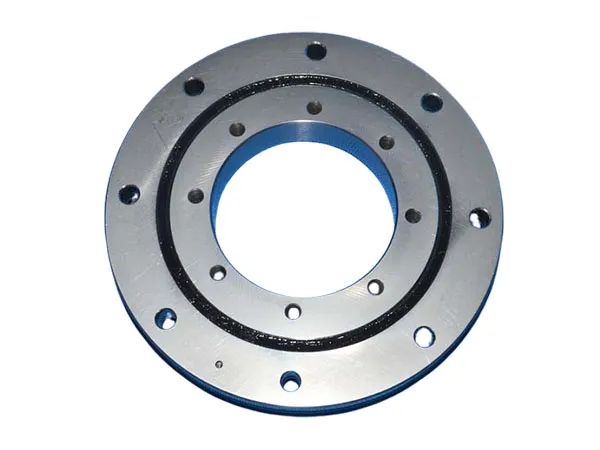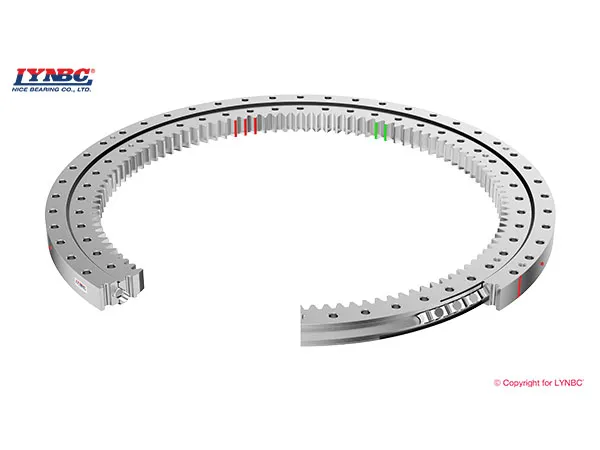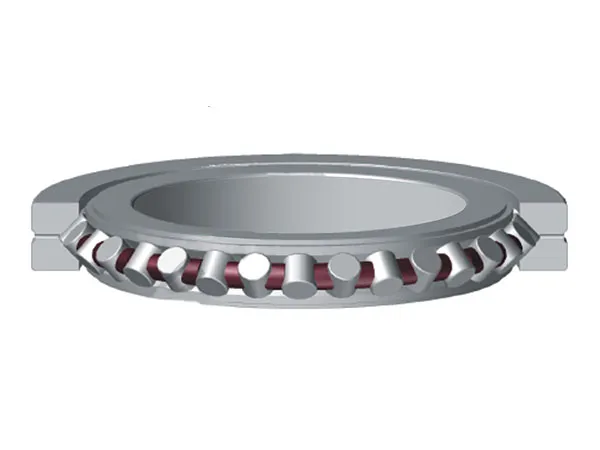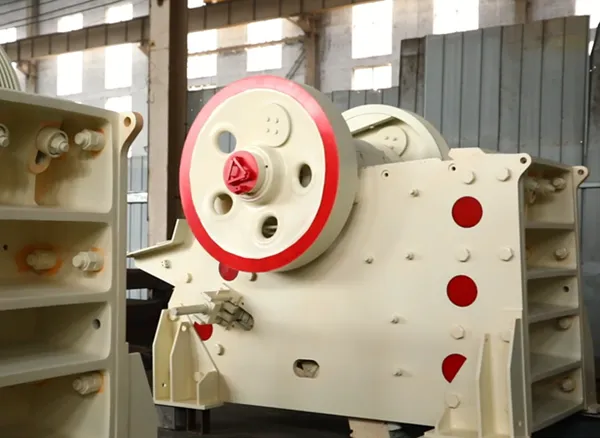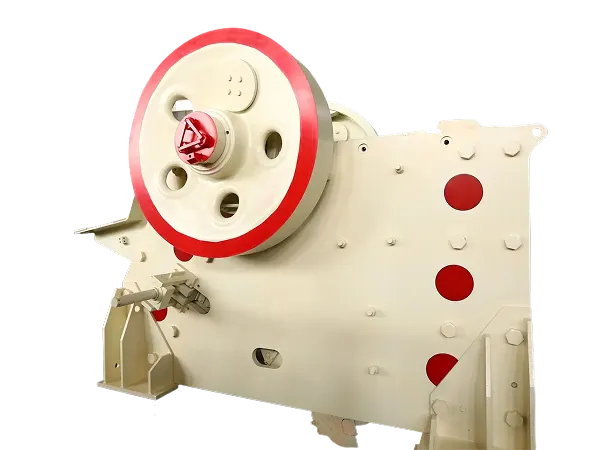Углерод-углерод (C/C.) композиты это класс высокопроизводительных материалов, которые стоят на вершине инженерии для экстремальных средств. Состоит из углеродных волокон, встроенных в углеродную матрицу, Они известны одной основной характеристикой: их необычайная способность поддерживать и даже увеличивать свою силу при чрезвычайно высоких температурах.
Углеродные композитные особенности
Высокое соотношение прочности к весу: Они невероятно сильные, но легкие.
Отличное высокотемпературное сопротивление: Они могут сохранить свои механические свойства при чрезвычайно высоких температурах (до 3000 ° C или даже 3315 ° C в инертных атмосферах).
Высокая теплопроводность: Эффективно рассеивает тепло.
Низкий коэффициент термического расширения: Сопротивляться изменениям в размере с колебаниями температуры.
Высокая устойчивость к усталости: Может противостоять повторному стрессу без неудачи.
Биосовместимость: Подходит для использования в человеческом теле.
Химическая инертность: Сопротивляться коррозии от различных химических веществ.
Углеродные композитные применения
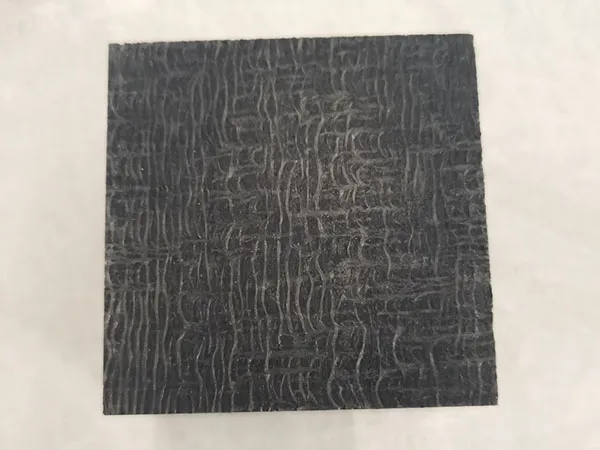
Из -за этих замечательных характеристик, Углеродные композиты находят приложения в широком спектре требовательных отраслей промышленности:
1. Аэрокосмическая промышленность и оборона: Это основная область применения для композитов C/C.
Высокопроизводительные тормозные системы: Широко используется в самолетах (коммерческий и военный, Как Concorde и Airbus A320) и высокоскоростные транспортные средства (Автомобили Формулы -1, Суперкары, такие как Bugatti Veyron, и много Бентли, Феррарис, Lamborghinis, Porsches). Они предлагают превосходную теплоемкость, уменьшенный вес, и более длительный срок службы по сравнению со стальными тормозами.
Повторно введите тепловые щиты и носовые конусы: Необходимо для космического корабля (Как конус носа и крыла на космосе космического челнока), ракеты, и повторно въезжать в машины, Защита их от экстремальных температур, полученных во время атмосферного повторного входа.
Ракетные форсунки и моторное горло: Может противостоять огромному тепло и давлению ракетного движения.
Ведущие края высокоэффективных аэрокосмических транспортных средств: Области подвержены интенсивному теплу и трениям.
Компоненты двигателя: Части турбоевских двигателей.
…
Более подробную информацию о композитных приложениях углеродного углерода можно найти путем посещения: https://www.czgraphite.com/a/news/carbon-carbon-composite-applications.html

